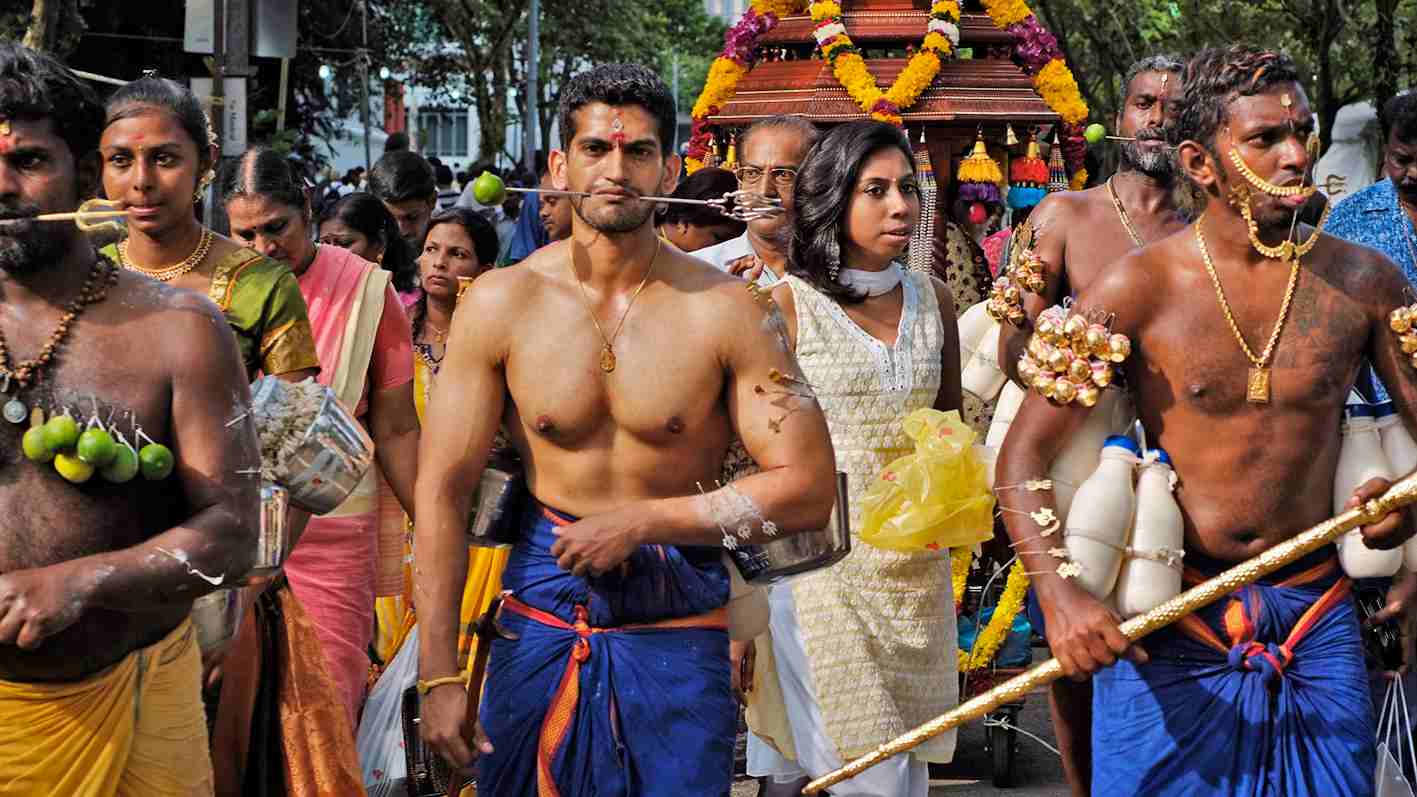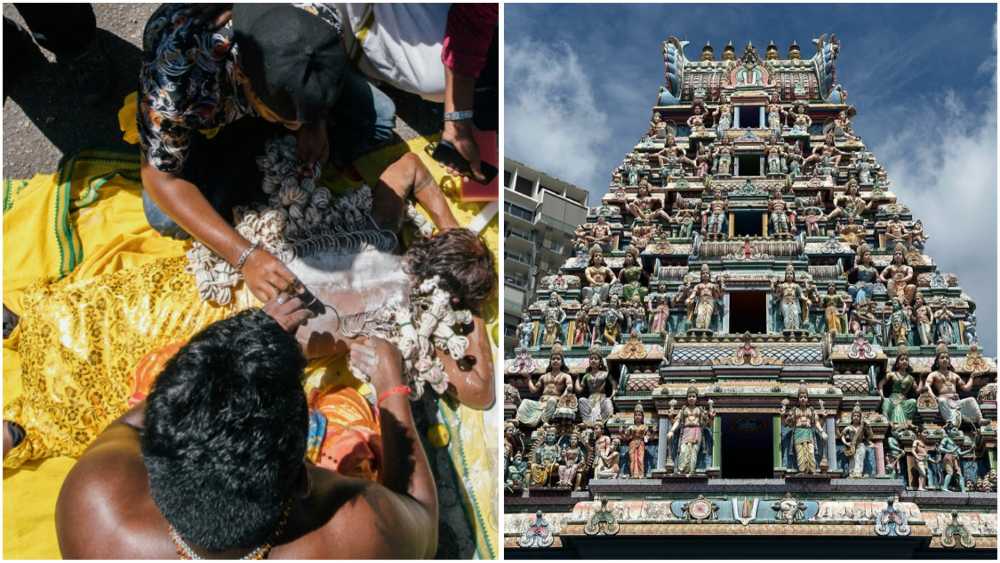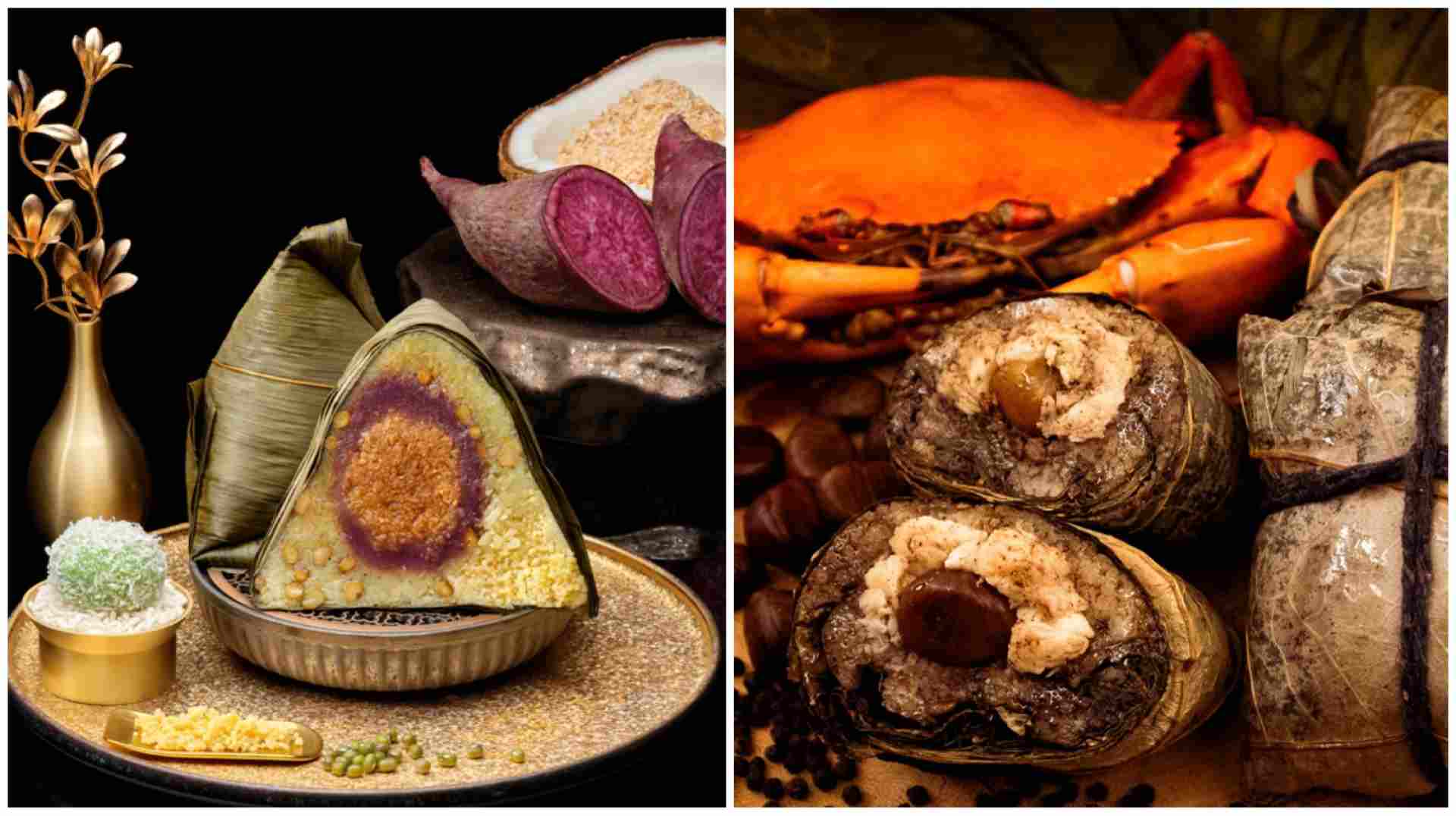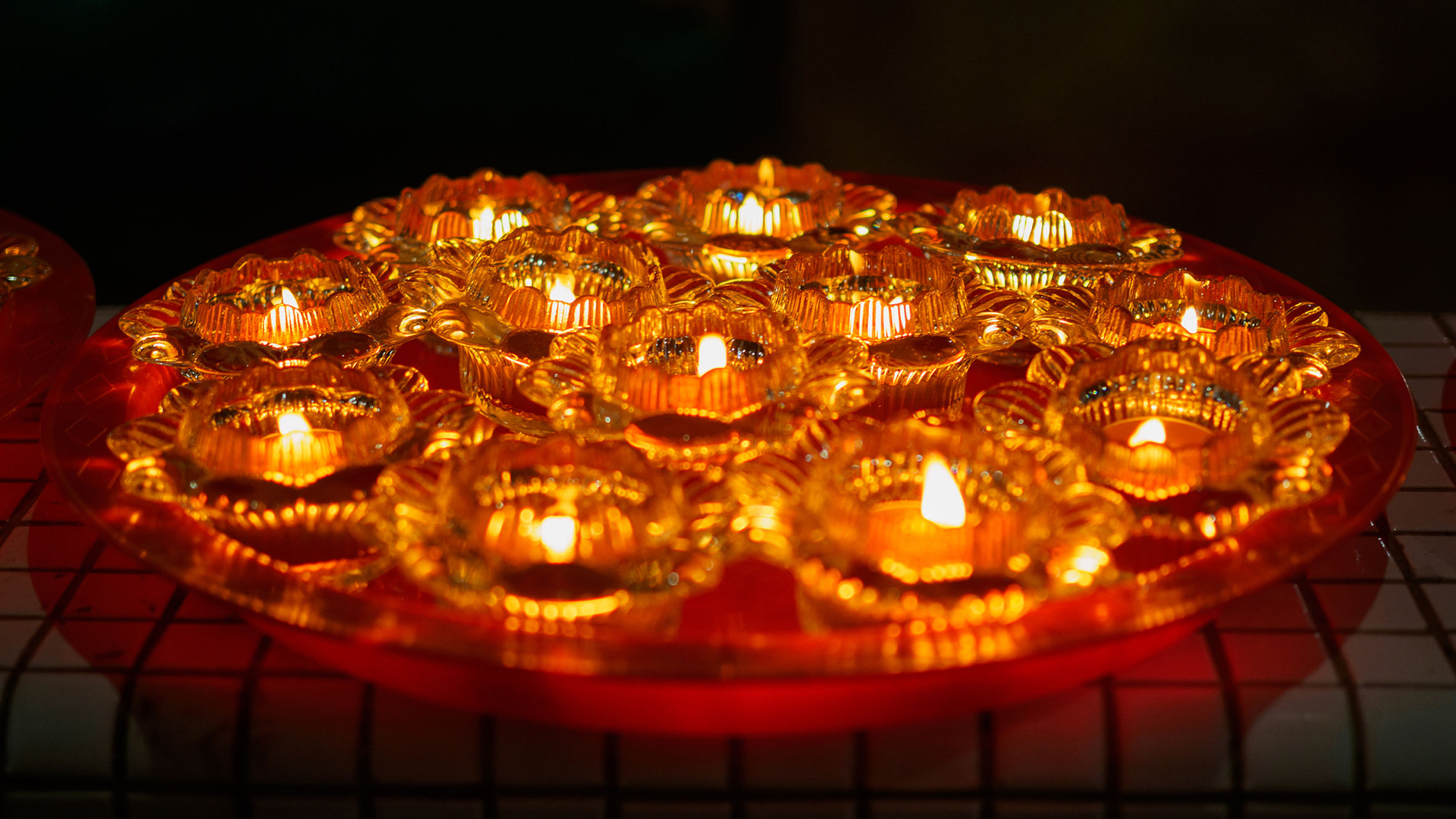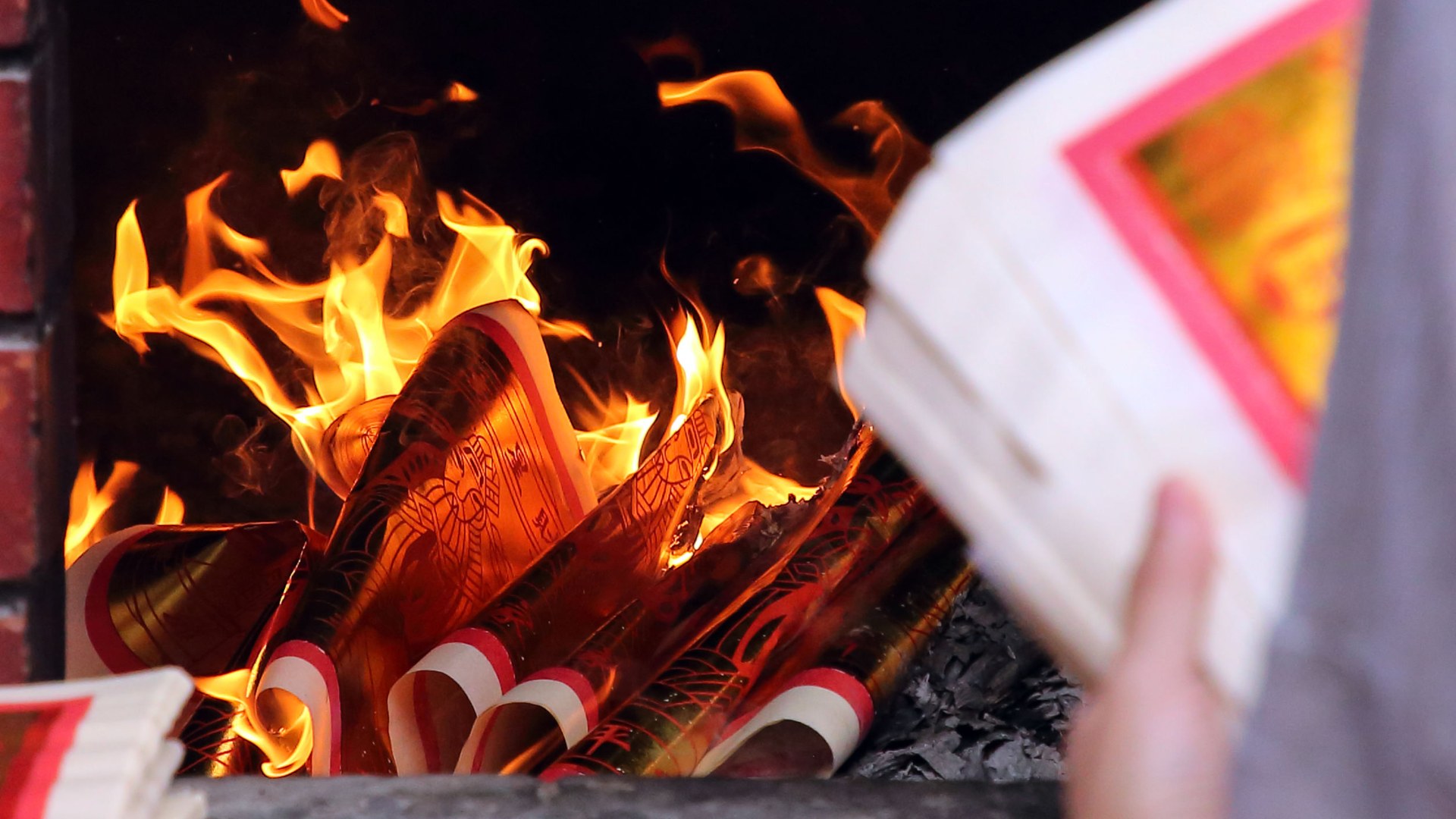What Is Thaipusam? Why And How Is It Observed In Singapore?
One of the more spectacular religious rituals here in Singapore is undoubtedly Thaipusam. Traditionally, it is accompanied by a colourful and dramatic foot procession that begins at Sri Srinivasa Perumal Temple in Serangoon Road and ends at Sri Thendayuthapani Temple in Tank Road, and which features iconic kavadi bearers who bring traffic to a literal standstill.
This year, the Hindu festival will be observed on Tuesday, 11 Feb. If you've always wondered what Thaipusam is, its significance and how it is observed, here are five interesting facts about this ancient festival:
The worship of Lord Murugan
Lord Murugan is known as the Hindu god of war and symbolises bravery, virtue, youth and power. Devotees seek blessings, fulfill vows and show devotion plus gratitude to this revered deity during the festival.
Thaipusam is actually a pormanteau of the words 'thai', the tenth month on the Tamil calendar and 'pusam', the name of a star which will be at its highest point during the festival.
The preparation of a devotee
For devotees, preparation for the event actually start weeks in advance, both spiritually and physically. From undergoing a strict vegeterian diet, observing celibacy to even abstaining from worldly comforts such as sleeping on one's bed, this conditions the worshippers to be able to undertake their sacred task free of pain.
In the early hours of the morning on Thaipusam, the first batch of devotees will carry out prayers which include a head shaving ritual and bring with them pots of milk that the Hindus believe symbolises abundance and fertility.
The iconic kavadi
The kavadi is of course the highlight of any Thaipusam procession. The word literally means "sacrifice at every step" in Tamil. These ornate, intricate structures are made out of steel or wooden frames that can weigh up to 40kg and reach up to 4 metres in height, decorated with flowers or peacock feathers.
The kavadi is carried by devotees throughout the length of the procession, supported on the shoulders or hips of the bearer. Some devotees even pierce their tongues with skewers or hooks on their chest and back, to secure themselves to the kavadi. While this may not be for the faint-hearted, the bearers will often appear calm and almost trance-like.
The colourful procession & route
How long is the entire procession, you might ask? Well, starting off from Sri Srinivasa Perumal Temple at Serangoon Road, devotees will traverse barefoot for roughly about 4km towards Sri Thendayuthapani Temple at Tank Road over a period of 24 hours.
If you want to witness the spectacle firsthand, be sure to plant yourself along the route either in the morning or at night today where you can see the devotees carrying kavadis which have lights installed in them.
The area around Wilkie Edge and opposite the Cathay is a particularly good vantage point. Do bear in mind, certain lanes along the area will be closed to cater to the worshippers and expected crowd.
Musician, thaneers panthal volunteers, friends & family
The procession promises to be a lively occasion as well with music forming a big part of the festivities. Uruli mulam (traditional drum) groups will be situated along the route to boost the spirits of the devotees as they complete their journey.
Friends and families of the kavadi bearers play a huge role in supporting them as well, often singing hymns and religious songs known as bhajans to spur them on.
Volunteers at various thaneer panthal – or water points – also help to pour water onto the feet of kavadi-bearers to relieve them from walking barefoot on the hot road, while offering food and water to the rest of the community.
For the latest updates on Wonderwall.sg, be sure to follow us on Facebook, Instagram and Telegram. If you have a story idea for us, email us at [email protected].







